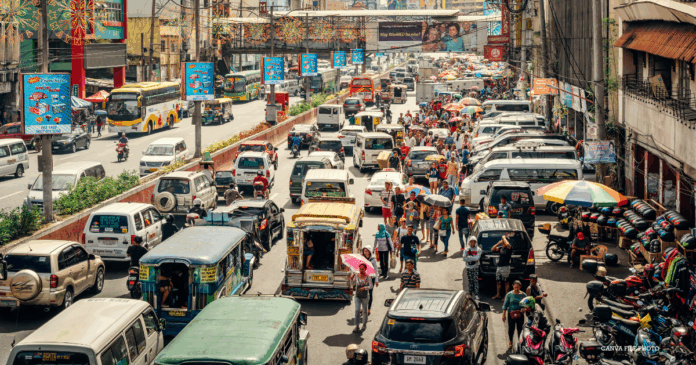Air pollution is a major public health concern in many cities around the world since inhaling contaminated air can lead to various respiratory and heart diseases, or even cancer.
With the rapid growth of urbanization, it has become crucial for urban planners to prioritize air quality as a crucial component of sustainable city development. But how does urban planning help the environment?
Major cities in the Philippines, such as Metro Manila, Cebu, Davao, Cagayan de Oro, and Iloilo, are considered major contributors to air pollution. In a nutshell, pollution is caused by both natural and human-made sources, the most significant of which comes from motor vehicles.
Reducing pollution from motorized vehicles requires a comprehensive approach that involves both urban planning and design. As observed in many cities in the country, motorized vehicles are allowed even inside parks and plazas. With better planning and implementation, these areas could have been freed from these vehicles.
One of the biggest contributors to maintaining cleaner air in our cities is the promotion of public transportation. Reliable and efficient public transportation helps improve air quality. However, unreliable and congested public transportation often increases private vehicle ownership.
While Metro Manila’s train systems offer a faster and more predictable alternative to road-based public transport, they are not always fully efficient. The rail system in the National Capital Region is under pressure due to rapid population growth and a lack of expansion.
Electric vehicles (EVs) are also a solution in maintaining cleaner air. All forms of EVs can help improve fuel economy, lower fuel costs, and reduce emissions. Cities can likewise install air quality sensors that will help them identify sources of pollution and enable decision makers and citizens to make informed decisions. With the presence of censors, people can monitor air quality levels and help them develop strategies to improve air quality in their areas.
In our country, at least four cities are joining the “Cities Race to Zero,” a global campaign encouraging local governments to undertake green initiatives for a zero-carbon recovery. These are Baguio, Quezon City in the NCR, Dipolog in Mindanao, and Vigan in Ilocos Sur.
These four cities are promoting cycling and bike-friendly roads, providing free city bus transport, switching to renewable energy, massive reforestation, and pedestrianization of streets. These are considered innovative, localized climate initiatives that can be effective if enforced with strong political will.
Urban planning and air quality are strongly linked. With the right plan and its execution, creating healthier, more livable, and sustainable cities is possible.



